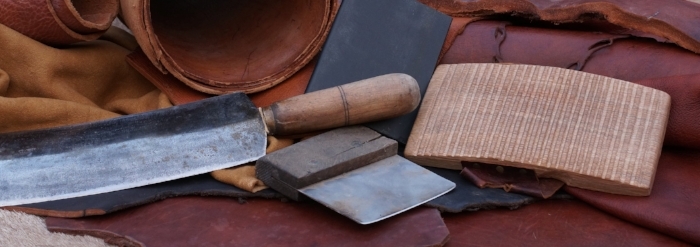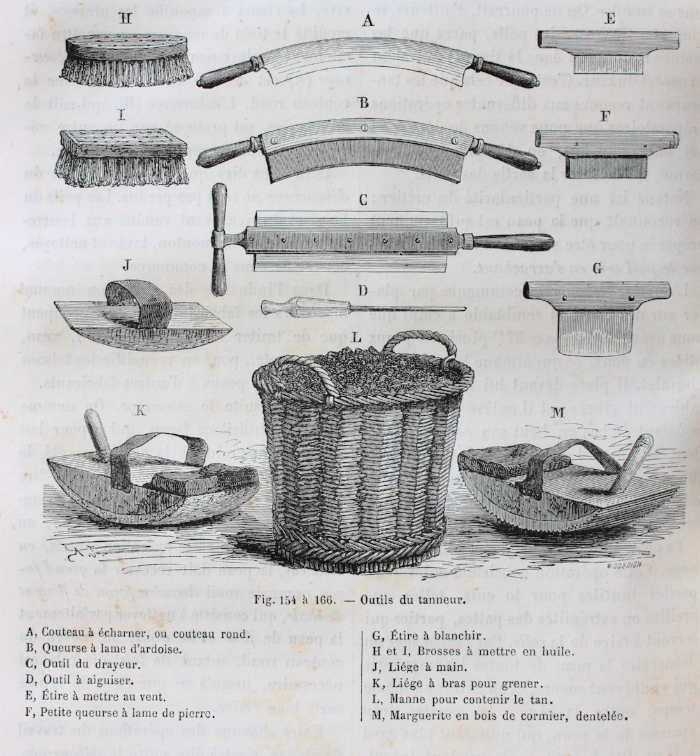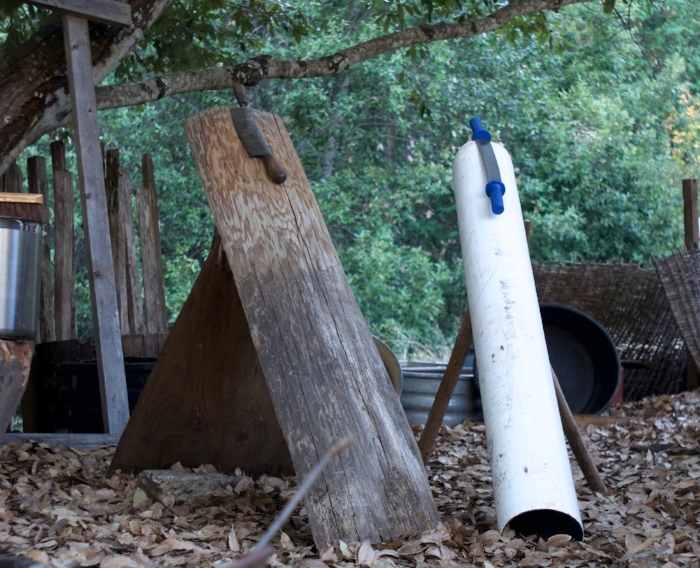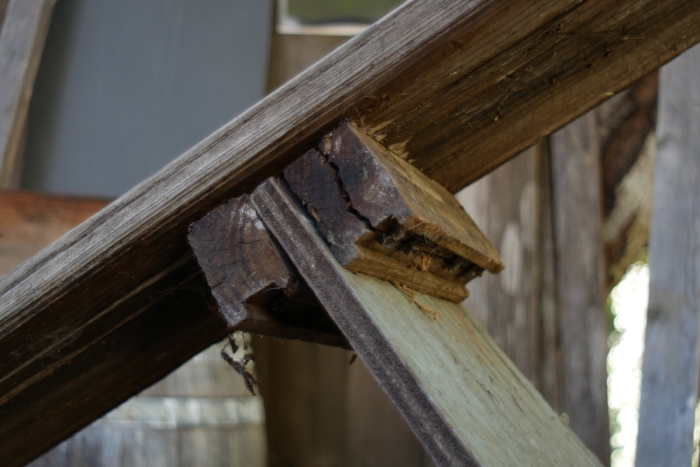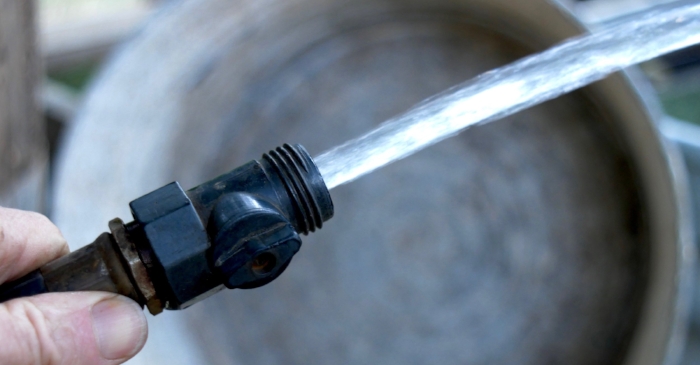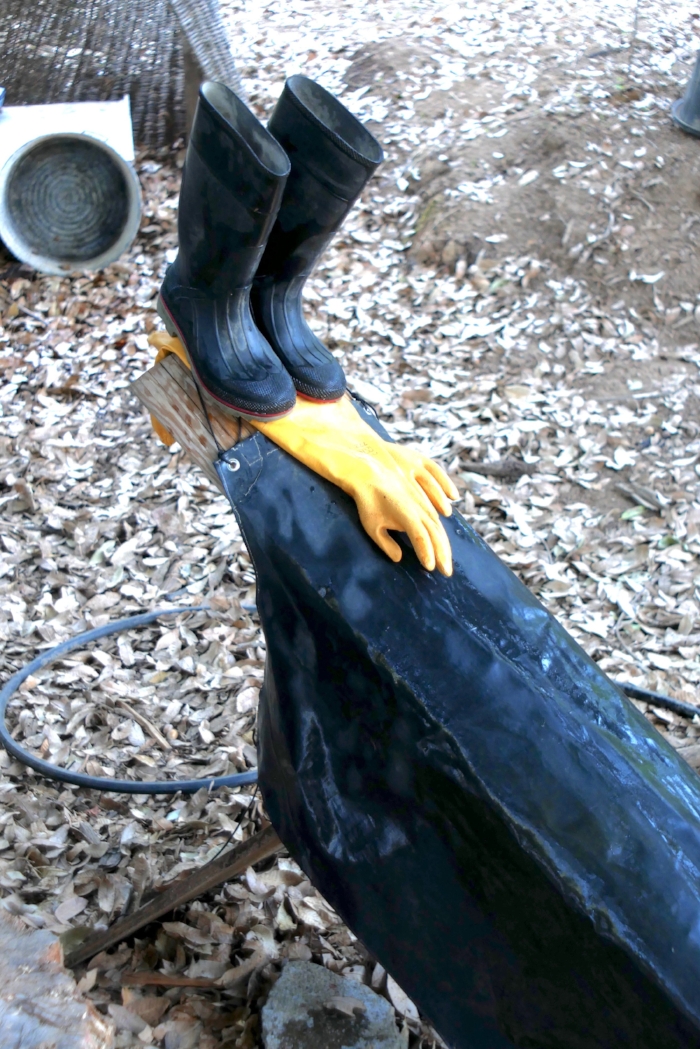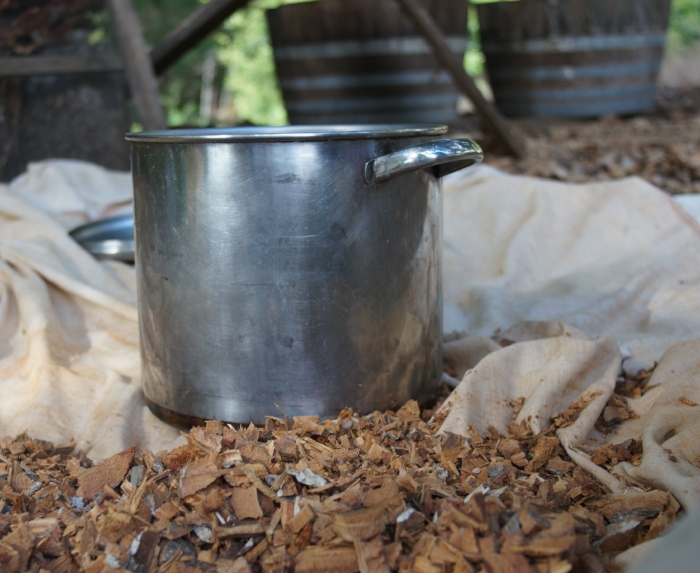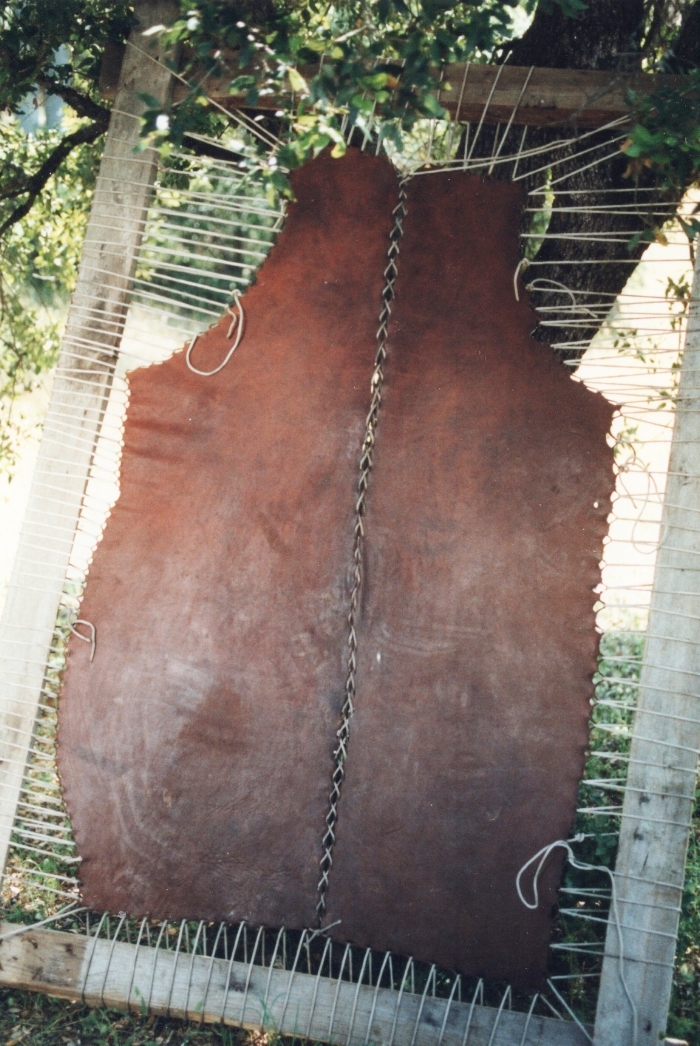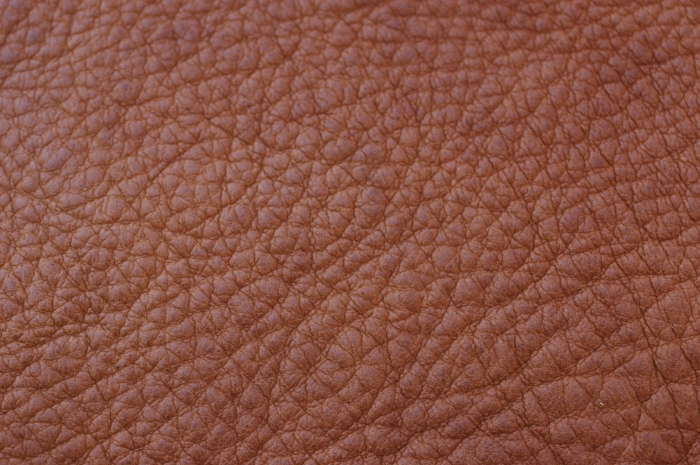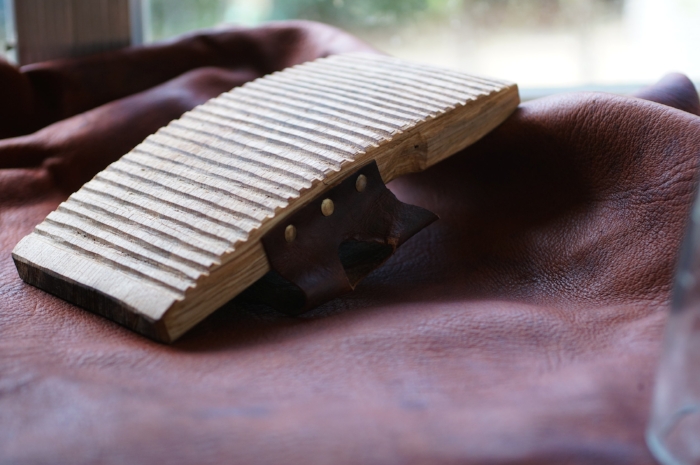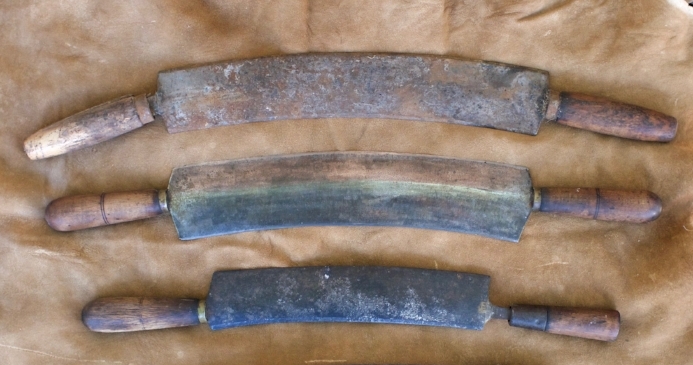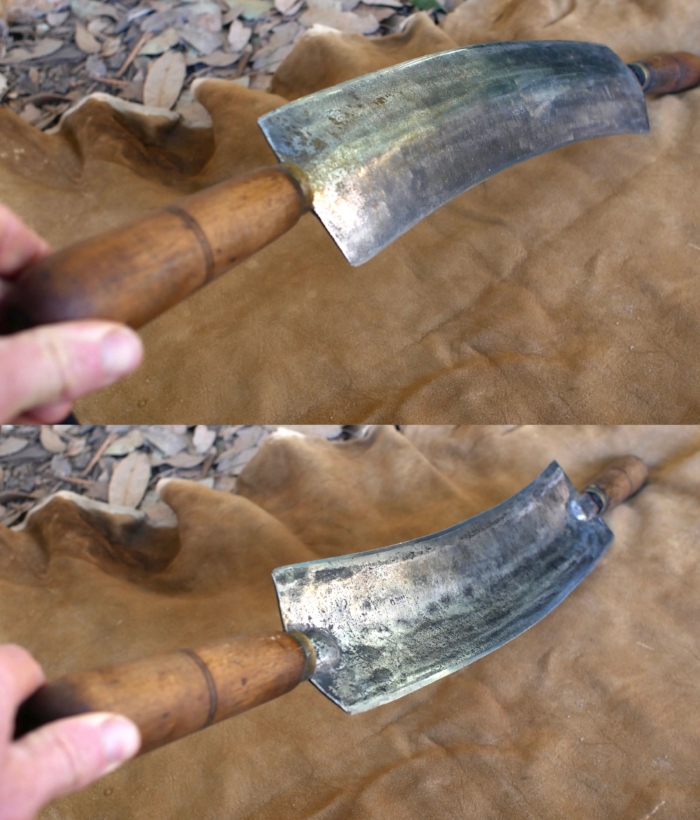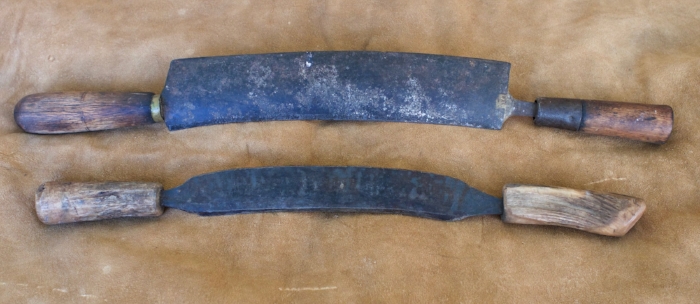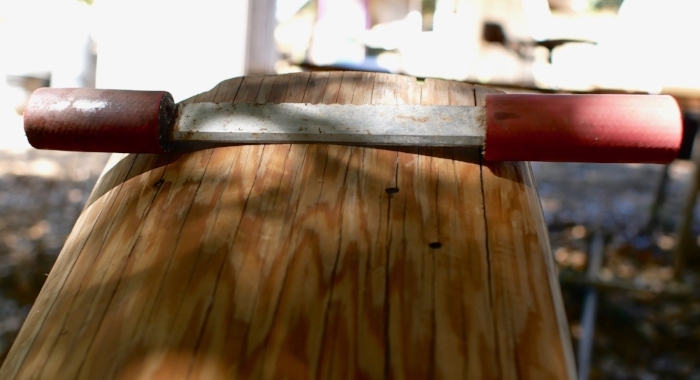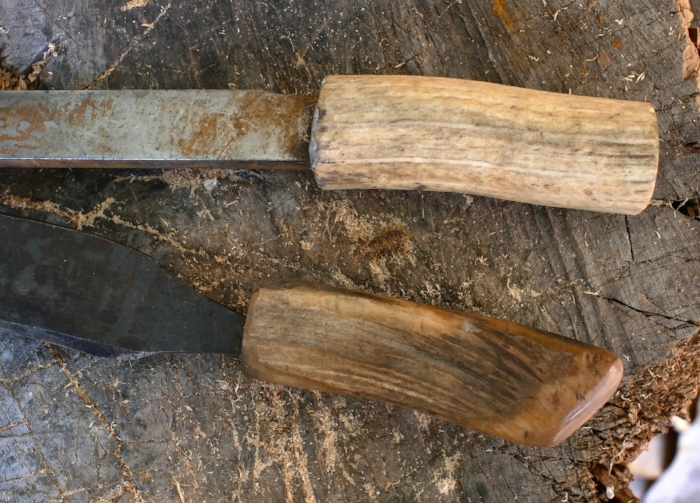Over a pretty long period of time, I made a bunch of run-n-gun videos while tanning some leather. At first I was just going to show this experiment of removing sheeps wool by painting the flesh side of the skin with lime paste. Then I figured I’d just shoot easy videos of the whole process with an action cam Well, that took a lot more time than I thought and EIGHTEEN videos later, here is the playlist. The project was oak bark tanning several sheep skins with the hair off and a big chunk of cattle hide.
While there is a lot of “extra” footage in this very pedantic treatment, there is also a benefit to just shooting what I’m doing in real time. This is barktanning as I do it, with all the mistakes, inconveniences and triumphs of shade tree tanning. There are real life lessons here, vs a more idealized instructional approach of discreet steps that may or may not go as planned. If someone wants to learn vegetable tanning with bark and such, this is a very valuable series, even if it takes a while to get through.
The last two videos are Q&A. I gleaned out a bunch of questions from the comments to try to answer. If one person has a question, it is likely that many others have the same question.

